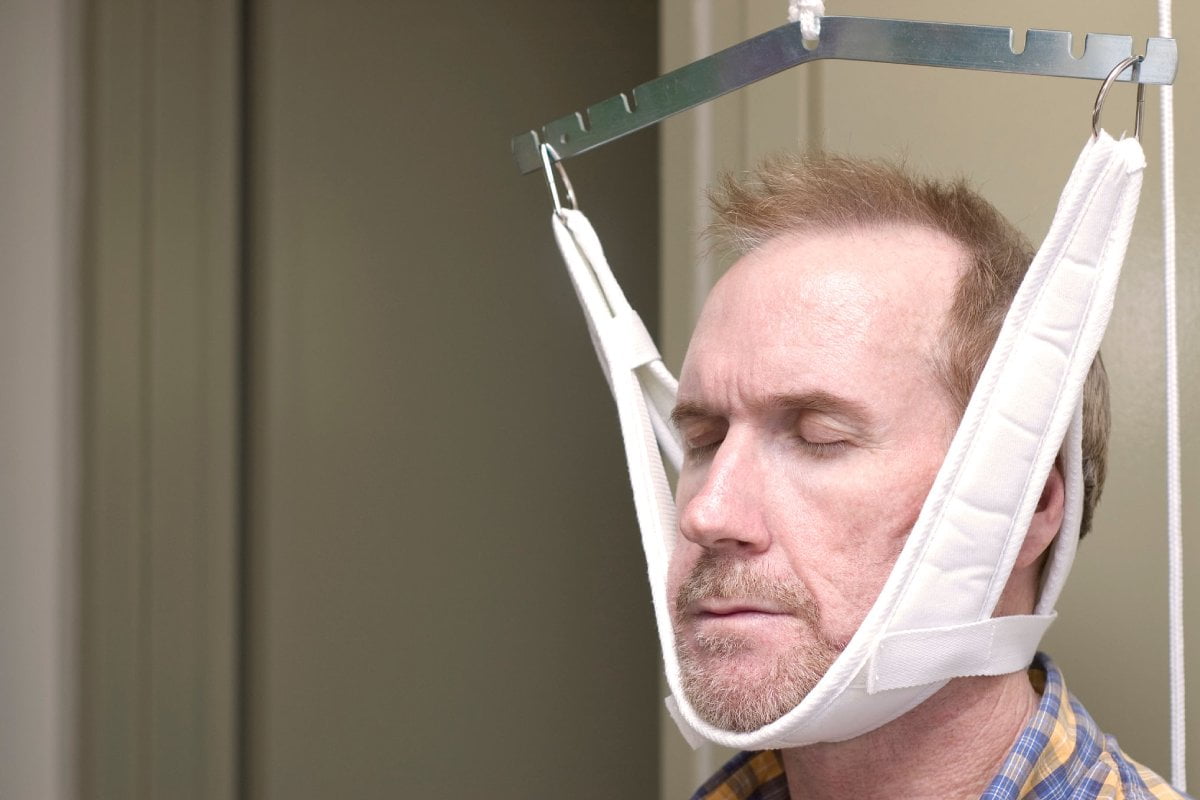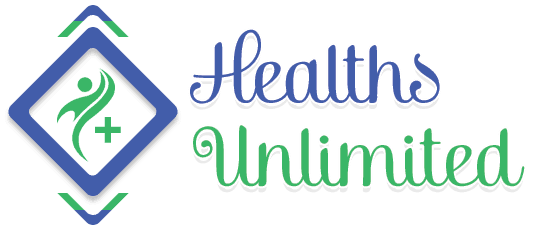
5 Benefits of Using a Cervical Traction Daily
Benefits of Using a Cervical Traction Daily – Have you ever woken up with a terrible neck tension that just left you feeling like you slept on the wrong side of the bed? Well, this common problem of neck pain and tension affects many people and is caused by tense muscles around the neck area. Tense muscles are usually caused by years of stress, injuries, or posture issues.
One very effective way of handling this pain and tension is gently pulling your head away from the shoulder region. This helps to stretch the muscles in your neck area and the upper back, creating adequate space between your vertebrae. This method can be used for acute first-time chronic neck pain or in cases where you have been trying to manage the condition for many years without success.
However, using a cervical traction device has many benefits when used daily, which can include:
- Increased flexibility of the neck and shoulders: cervical traction helps to relax tense neck muscles and ligaments, thus increasing the range of motion and alignment for the neck and shoulders. The motion of pulling the head away from the neck creates space between the vertebrae and relieves the compression in these areas, hence allowing for relaxation.
- Heal pinched nerves: pinched nerves occur when there is too much pressure on a nerve ending from surrounding tissues like bones, tendons, muscles, or cartilages. This pressure usually causes pain, a tingling feeling, numbness, and weakness in your neck area. Cervical traction can help bring back an even blood flow and proper nerve function by correctly aligning the tissues.
- Treat and flatten bulging herniated disks: herniated discs occur when the area between the vertebrae and the spine becomes pinched and is out of alignment in its increased expansion. Sustained traction is used in such cases where weights and forces are used for longer periods that span up to one hour. With the help of a physical therapist or chiropractor, the traction produces a force on the target area that gently pulls the spine apart and creates a vacuum between the vertebrae. This pulls the discs back into place correctly.
- Alleviate neck pains and neck injuries: pain can come in the form of sprains and spasms from exercise and other injuries. Cervical traction is a good way to manipulate the neck and treat pain when there is no urgent need for surgery. The vacuums created from the pull increase blood and nutrient flow, thus reducing inflammation. This allows for natural healing and pain relief. It will surprise you how a little more oxygen flow can drastically reduce the pain and improve the quality of your life.
- Treatment for cervical spondylosis: the human body is subject to wear and tear as we grow older, and this is bound to happen to the spinal discs around your neck too. More than 85% of the American population over 60 experiences this cervical spondylosis. The pain from this condition is due to the grinding of bones on contact as the discs serve as a cushion for proper rotation. Cervical traction helps relieve this by opening up the discs and allowing for more blood flow between the regions, thus reducing inflammation. Daily practice of cervical traction has also shown to be instrumental in delaying the onset of cervical spondylosis.
Types of cervical tractions:
Manual cervical traction: this is performed by a trained physical therapist who uses their hands to apply gentle pressure on your neck and shoulder area. Sustained pulling motions done while you lie down on your stomach help to release the physical tension around your neck and shoulder region.
Mechanical cervical traction: this can be done alone or with a therapist by putting your head in a harness attached to a pulley system and using it to draw your head away from your shoulders. Home-based cervical traction is easy to do as the equipment is affordable and easy to use.
Conclusion:
Your head weighs approximately 11 pounds, which is quite the weight for your spine to carry. With cervical traction, you can be able to counter the constant downward pull of gravity. Remember to always seek medical advice from your doctor to avoid injuring yourself while doing cervical tractions.


